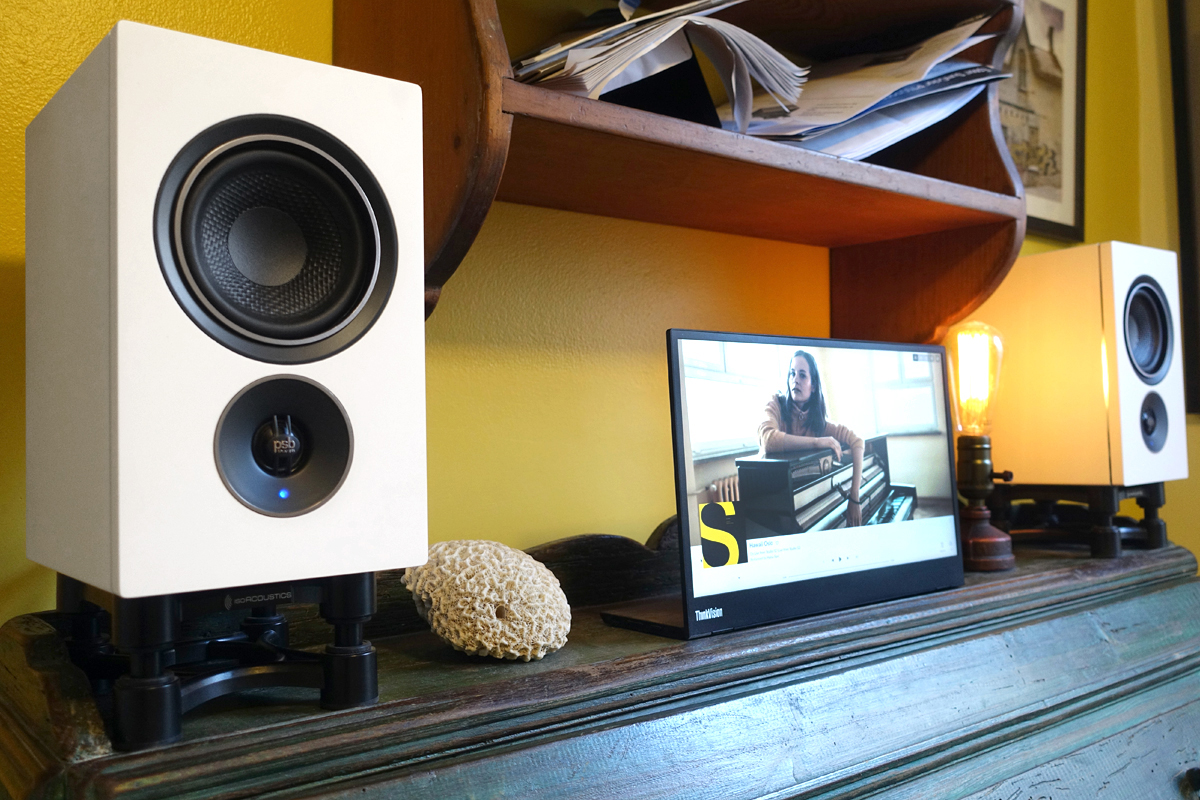During the first few months of 2024, I’ve seen some killer deals on the kind of hi-fi gear I most like. Seeing these deals has led me to ask some questions about the nature of Simplifi’d hi-fi, and to wonder how widely my preferences are shared.
As regular visitors to this space likely know by now, I’m a huge proponent of active loudspeakers, that is, speakers with built-in amplifiers that come after the crossover in the signal path.
Many modern active speakers have built-in network streamers. Plug them into AC outlets, connect them to your home network, and you’re ready to rock. You can connect external source components if you want, but you don’t have to. These are full, self-contained music systems—literally, plug and play. They exemplify Simplifi’d hi-fi.
I have two such systems in my home.
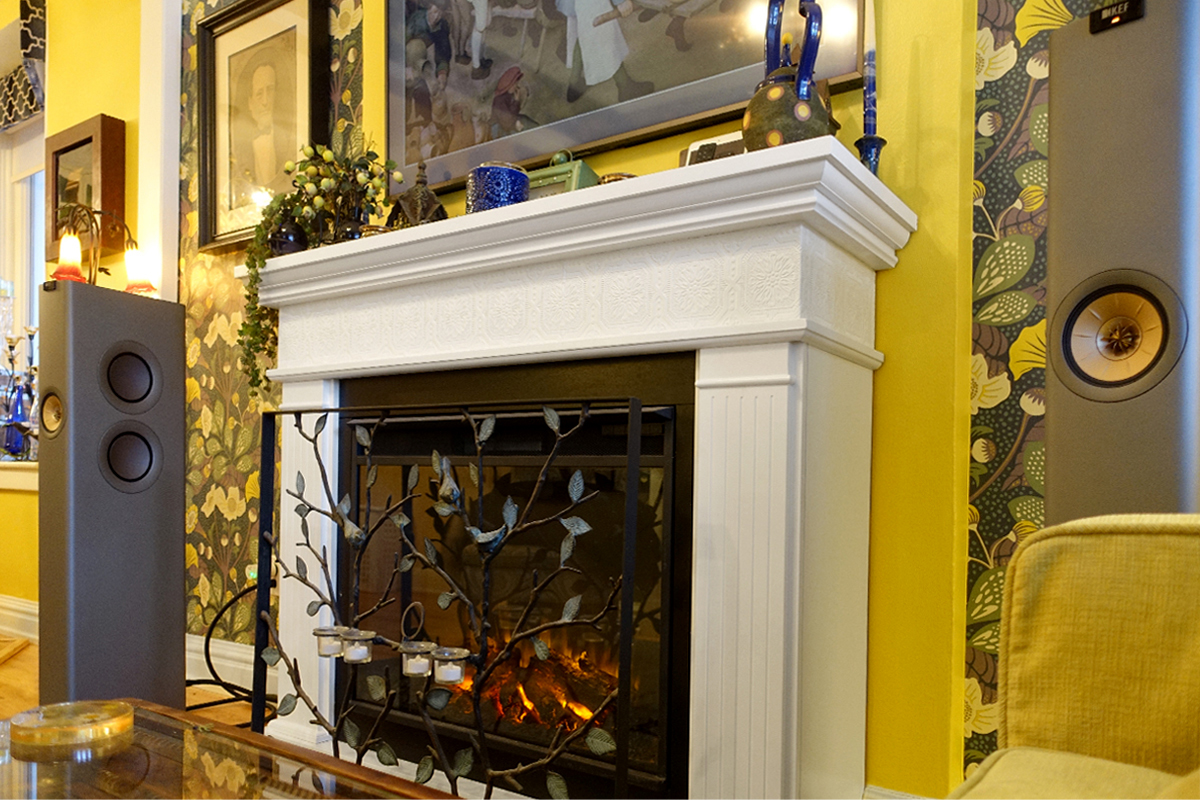
My main rig, set up in my living room, is a KEF LS60 Wireless system. Each LS60 enclosure houses two Uni-Core woofer arrays, each in turn comprising two 5.25″ drivers mounted on opposite sides of the enclosure in a back-to-back, force-canceling configuration. On the front of each enclosure is a Uni-Q array comprising a 4″ aluminum midrange driver and concentrically mounted 0.75″ aluminum-dome tweeter. The four woofers are powered by a 500W class-D amp, the midrange driver by a 100W class-D amp, and the tweeter by a 100W class-AB amp. The LS60 also has a Roon Ready streamer that supports Apple AirPlay 2, Google Chromecast, Spotify Connect, and Tidal Connect.
For desktop audio, I have a PSB Alpha iQ active speaker system on the top shelf of the secretary desk in my second-floor home office. Each Alpha iQ enclosure houses a 4″ polypropylene midrange-woofer powered by a 60W class-D amp and a 0.75″ aluminum-dome tweeter powered by a 30W class-D amp. The Alpha iQ has a built-in streamer based on the BluOS software platform developed by Lenbrook International, PSB’s parent company. The Alpha iQ is Roon Ready, and supports AirPlay 2, Spotify Connect, and Tidal Connect.
Both systems won Reviewers’ Choice awards when they were reviewed on Simplifi. They later received SoundStage! Network Product of the Year awards, the LS60 Wireless for Innovation in Design in 2022, and the Alpha iQ for Exceptional Value in 2023. So, color me surprised when I found out earlier this year that the prices for both these systems had been slashed.
What’s the deal?
KEF’s fire sale began in late 2023. Last November, KEF announced special holiday pricing for several models, including the LS60 Wireless, which was being offered at $4999.99/system (all prices in USD), two grand less than its launch price of $6999.99. The LS50 Wireless II was available for $1999.99, $800 less than its regular price at the time. The diminutive LSX II was available for $999.99, $400 less than its regular price. KEF also had holiday specials on some Q-series passive speakers, but the deals on KEF’s active wireless speakers were what really grabbed my attention.
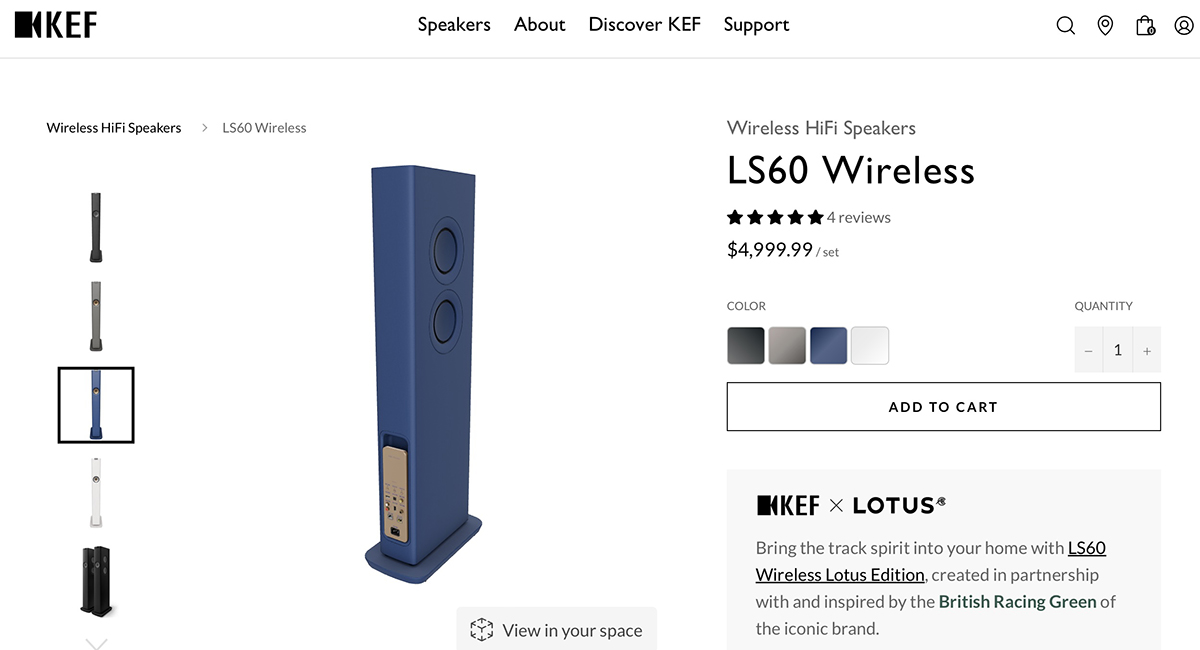
Killer deals on hi-fi gear for Black Friday and the holiday season aren’t unusual. But on January 19, 2024, KEF announced a new pricing strategy for its active wireless speakers. The regular price for the LSX II was cut by $100, to $1299.99/system. Around the same time, KEF announced the LSX II LT, at $999.99. The regular price for the LS50 Wireless II was cut by $300, to $2499.99, the price it sold for when it was launched in mid-2021. And the regular price for the LS60 Wireless was set at a mind-blowing (to me, anyway) $4999.99.
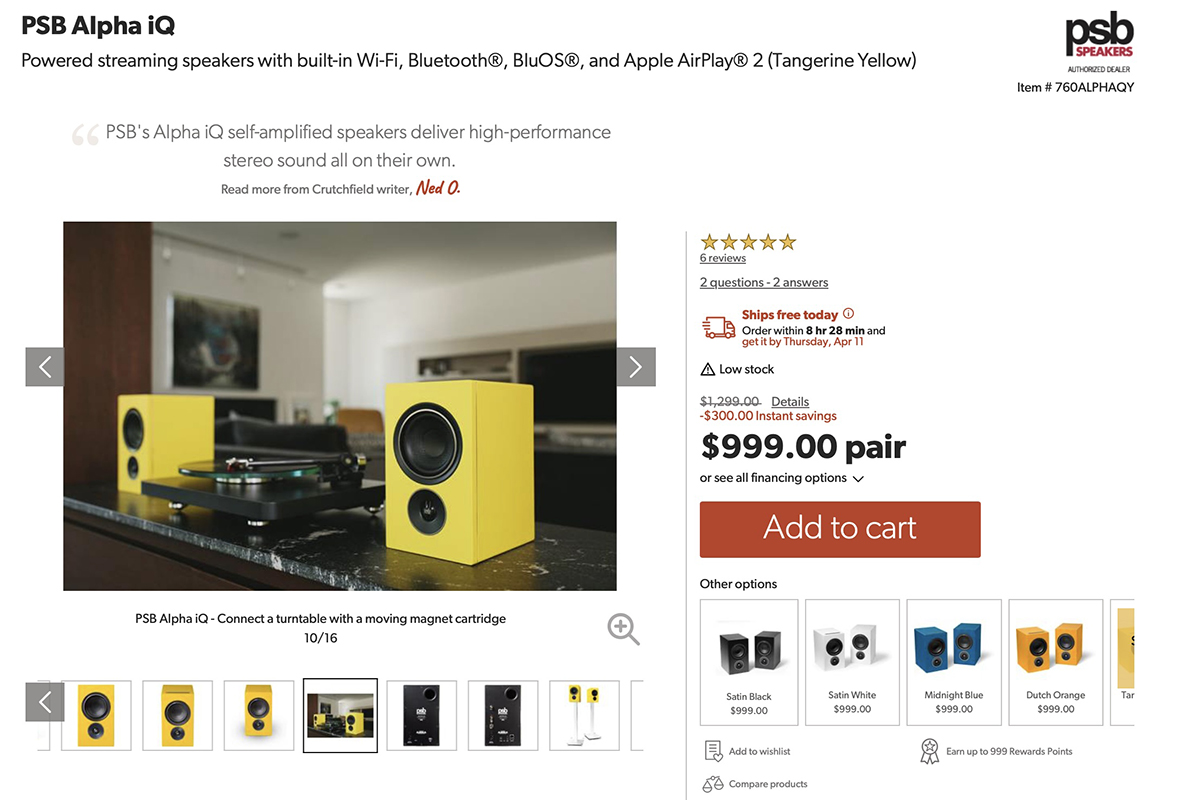
PSB has also done some price-chopping. The Alpha iQ sold for $1499/system when it launched in early 2023, but within a few months, PSB had dropped the price to $1299. When I visited PSB’s website in late March, I noticed that the Alpha iQ was on sale for $999, but only in the standard matte black and matte white finishes—the Dutch Orange, Midnight Blue, and Tangerine Orange versions were still $1299. However, PSB dealers were offering the reduced price on all finishes. As of this writing, the Alpha iQ is still available for $999.
There have been some other sweet deals lately, but not as long-lasting. For a while in 2023, Q Acoustics’ Q Active 200 system was on sale at $1499.99—$1000 less than its regular price. More recently, several active speaker systems from Klipsch—including The Fives, The Sevens, and The Nines—were on sale at big US dealers. Those deals ended on March 31, but they were pretty sweet while they lasted. For example, The Nines was available for $1199/system, $300 less than the regular price of $1499.
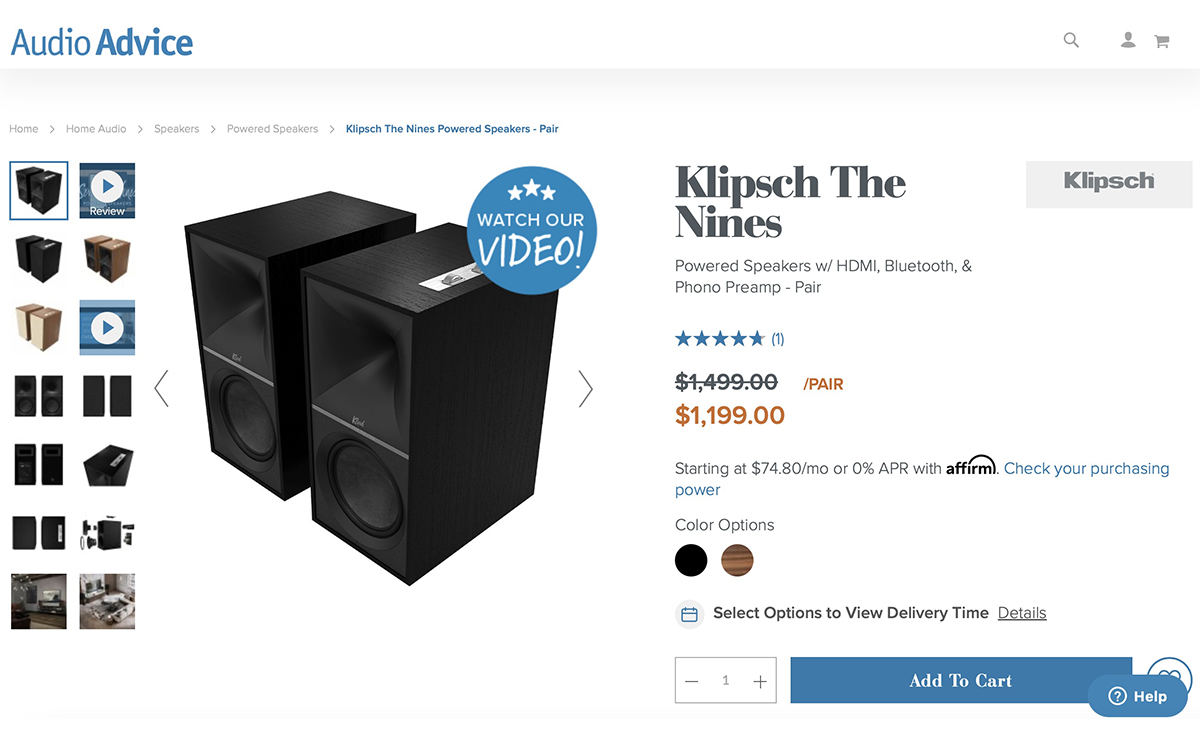
“What gives?” I asked myself when I saw those deals. Are manufacturers having problems selling active systems? Do audiophiles still prefer the traditional source-amplifier-speaker paradigm? Curious about this, I reached out to the media representatives of KEF and Lenbrook. From Lenbrook, I wanted to know if $999 would be the official price of the Alpha iQ going forward. I asked both companies if these reductions were a reflection of how well streaming active loudspeakers were selling. Are other listeners as enthusiastic about these products as I am? I told my contacts at both companies that I’d like to arrange an interview to discuss these questions.
In response, I heard . . . crickets. So, I started concocting some theories on my own with the help of recent data from the music industry.
Facts and figures
In a weird way, the slow acceptance of streaming active loudspeakers (if that is indeed what’s happening) is related to the growth of streaming and the growth in physical media, particularly vinyl. If that sounds contradictory, indulge me for a bit.
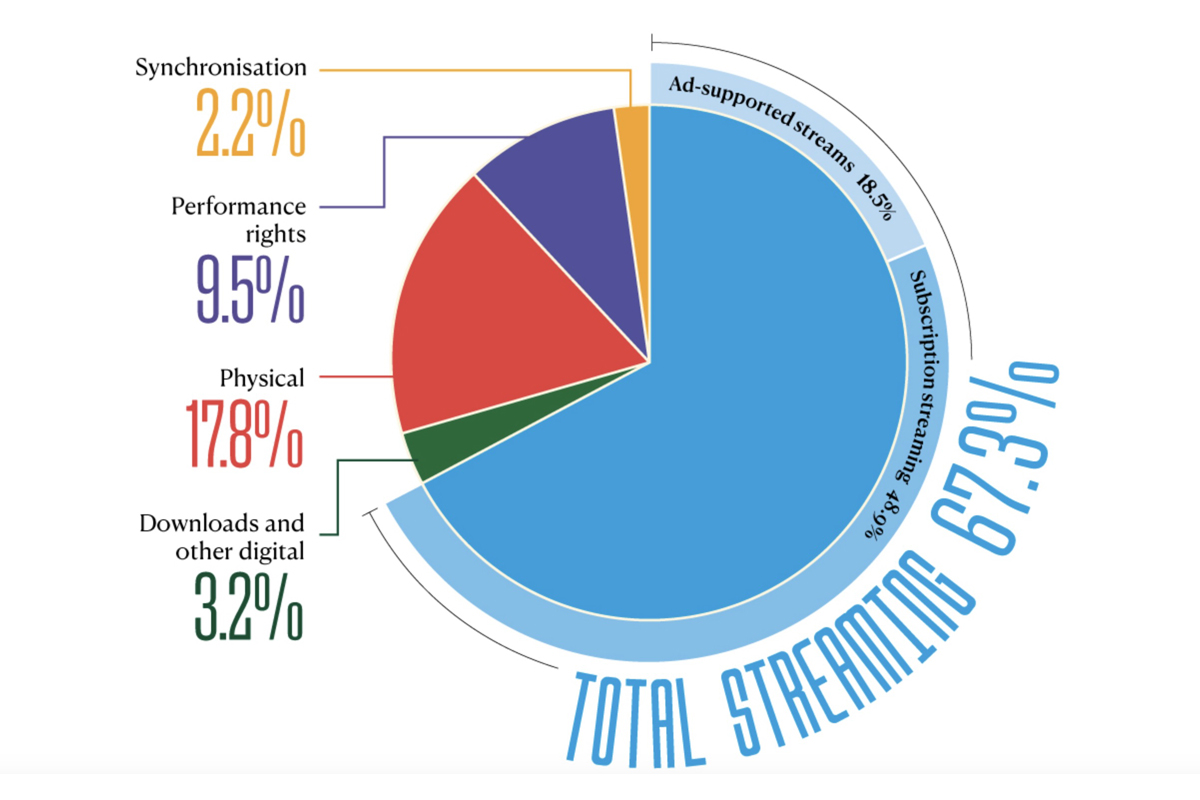
As just about everybody knows, streaming has become the way most people discover and experience recorded music. According to the 2024 Global Music Report of the International Federation of the Phonographic Industry (IFPI), worldwide revenues from streaming were $19.3 billion in 2023, up 10.4% from 2022, accounting for 67.3% of total music-industry revenues.
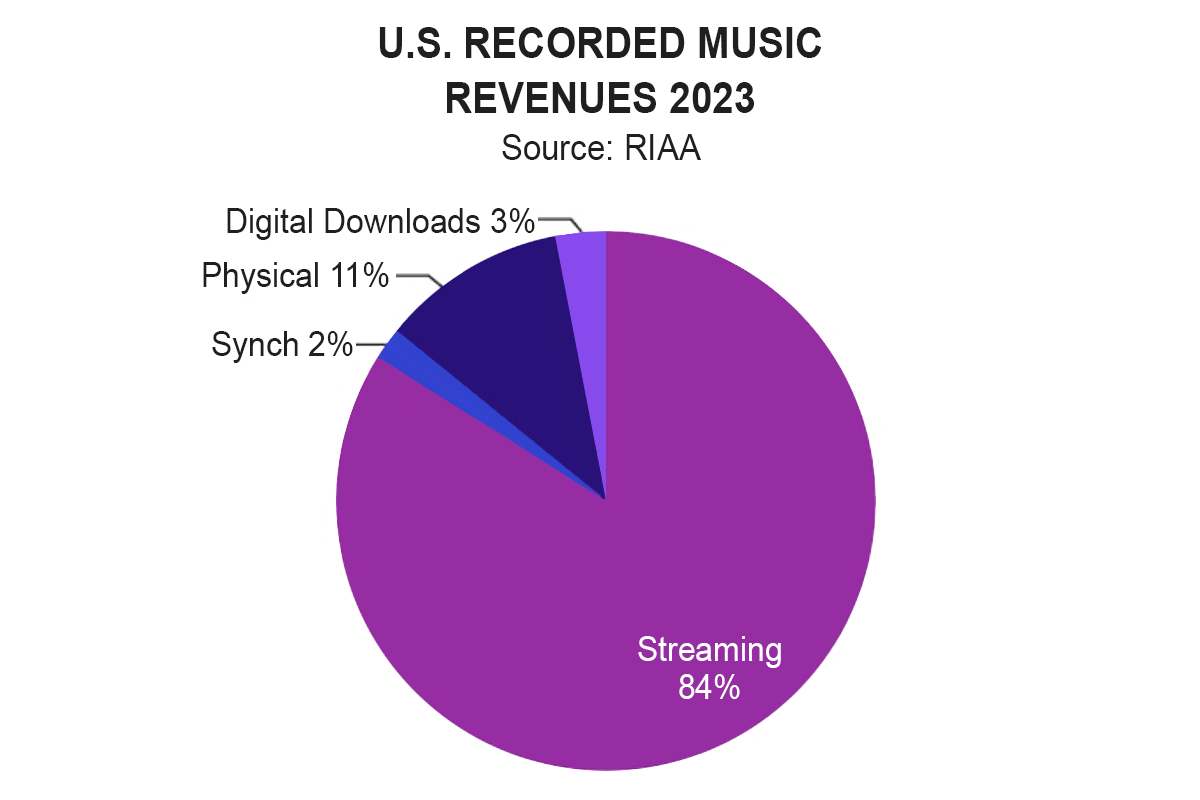
The situation was similar in the US. According to the Recording Industry Association of America (RIAA), US music-industry revenues from streaming grew 8% in 2023, to $14.4 billion, which represented 84% of total revenues. But sales of physical media are also growing. In the US, unit sales of CDs declined 1.9% in 2023, but dollar sales increased 11.3%, to $537.1 million. Unit sales of LPs grew 6.6% and dollar sales grew 10.3%, to $1.35 billion.

According to IFPI, worldwide streaming revenues have grown inexorably for the past two decades. Sales of physical media declined every year from 2001 to 2020, but then began ticking upward, from a low of $3.7 billion in 2020 to $5.1 billion last year. In 2023, physical media accounted for 17.8% of global music-industry revenues.
The thrill is back
While streaming accounts for almost all of my listening, I completely understand the appeal of physical media, especially vinyl. Streaming gives users access to more music than one could listen to in a lifetime—for a ridiculously low monthly fee (or none at all for ad-supported services).
When radio and physical media were the only ways to access recorded music, our choices were limited by constraints such as radio airtime and retail shelf space. Gatekeepers at record labels and radio stations controlled what music got recorded, and what didn’t. With streaming, we don’t need gatekeepers any more. That has vastly expanded the range of music available to listeners.
Through streaming, I have had wonderful musical experiences that I would never have had in the old world. Whenever I went to a record store, I had a limited budget, so I chose my purchases carefully. But streaming removes the risk of checking out unfamiliar artists and genres, so I’m more inclined to experiment and explore.

And the recommendation engines in streaming services can really expand one’s musical tastes. Here’s a recent example. A few months back, while streaming an album by the Polish keyboardist-composer Hania Rani (thank you, Dennis Burger, for turning me on to this incredible artist) from Qobuz, an intriguing album by another European keyboardist-composer popped up in Qobuz’s list of recommended albums: The Prepared Piano by Hauschka. I clicked, and was mesmerized. Ever since, Hauschka’s music has been in heavy rotation in my home. I have about ten of his albums in my favorites list.
But there’s a flip side to streaming. When so much music is available at the click of a mouse or the tap of a screen, it becomes easy to take recorded music for granted. If you’re a music lover over a certain age (let’s say 50), you doubtless remember the thrill of coming home from a record store with some treasured purchases. I think the interest in vinyl stems from an attempt to bring back some of that magic—to make music special again. That’s reflected in the kinds of components people are buying.
The sweet spot
For simplicity’s sake, I’m going to break down the audio market into two broad categories.
There are mass-market products for casual listeners and casual listening. These include simple Bluetooth speakers; smart speakers from brands like Amazon, Apple, and Google; and more advanced (and better-sounding) wireless systems from brands like Sonos. These systems are aimed at people who want background music in the rooms they use every day. You’ll find such products abundantly and prominently displayed at mass merchants like Best Buy in North America and Currys in the UK. Many audiophile brands also participate in this market.
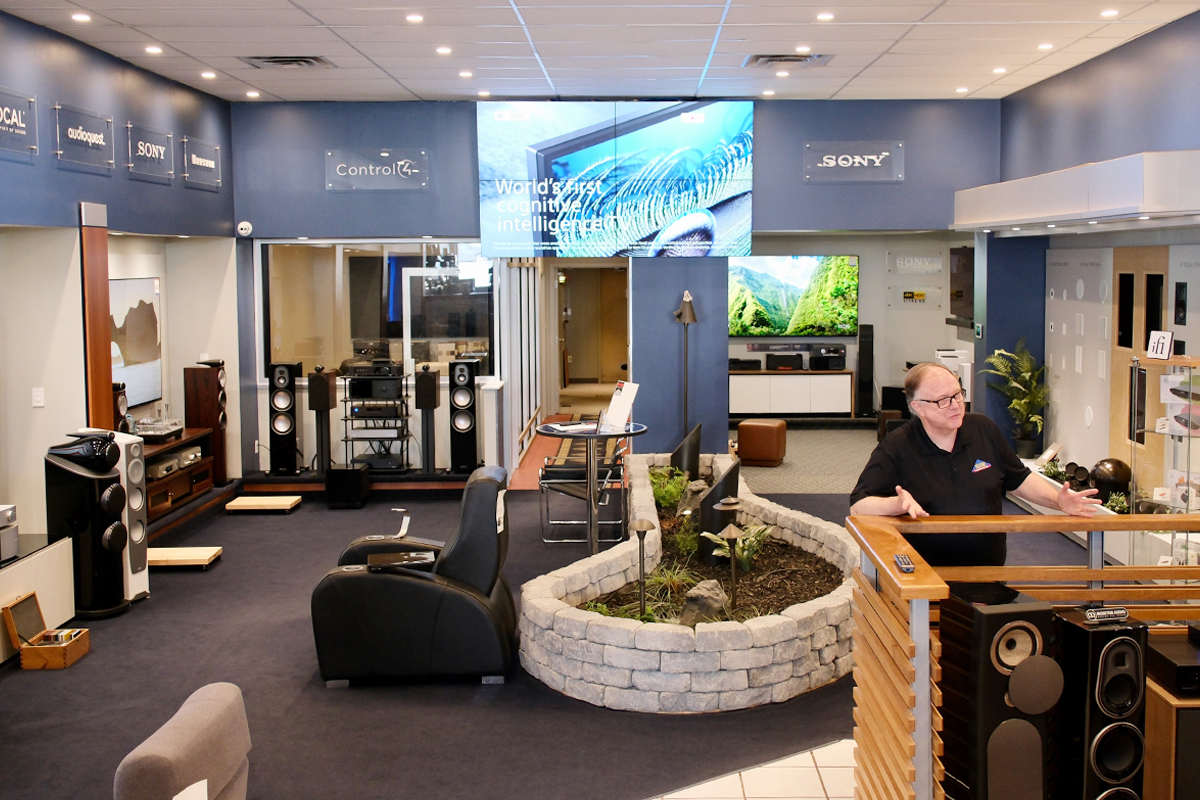
Then there are products intended for serious sit-down listening, often in a dedicated listening area. This segment of the audio market is served by a huge number of manufacturers—some of them part of large conglomerates, others small independent brands—who offer a vast array of products covering a huge range of prices. They’re sold mainly by specialty audio dealers.
Streaming integrated amplifiers are incredibly hot right now. You can see this in the product announcements coming from brands like Arcam, Cambridge Audio, Marantz, NAD, Rotel, Technics, Yamaha, and many others. “Just add speakers” is the promise behind these products—add a pair of high-fidelity speakers and you’re ready to stream. But you can also connect a turntable and disc player if you want to play physical media. Such a system is perfect for listeners who have embraced streaming, but still love vinyl and CDs.

The popularity of this category is reflected in the viewership data on this website. According to the Simplifi Article Stats page, Dennis Burger’s review of the Rotel S14 streaming integrated amplifier is the most-read review on Simplifi during the past year. All six of the most-read reviews of all time on Simplifi are of streaming integrated amps.
Between two worlds
I think there are several reasons why streaming active speakers have been slow to catch on. Hi-fi enthusiasts like to tinker and experiment, and there’s less scope for that with an integrated active speaker system. Familiarity is also an issue. I think that most hi-fi dealers and hobbyists are much more comfortable with the source-amplifier-speaker paradigm than with active configurations. Another issue is ease of setup. While all streaming speaker systems will accommodate external source components, setup can be awkward if the input connectors are on one of the speakers, rather than an external transmitter.
In a way, active systems like the KEF LS60 Wireless and PSB Alpha iQ occupy a netherworld between lifestyle products intended for casual listening and traditional component-based systems designed for sit-down listening. This is a niche market, and it may be growing less quickly than some manufacturers expected.
But it’s a well-served market, and I’m very grateful for that. As I’ve written many times on this site, our urban rowhouse does not have space for a dedicated listening room. I don’t think I’m alone in this. For music lovers like me, integrated systems like the LS60 and Alpha iQ make it possible to get high-performance hi-fi in everyday living areas without interfering with the other activities that go on there. It may take time, but I think more and more music lovers are going to twig onto these benefits.
. . . Gordon Brockhouse





